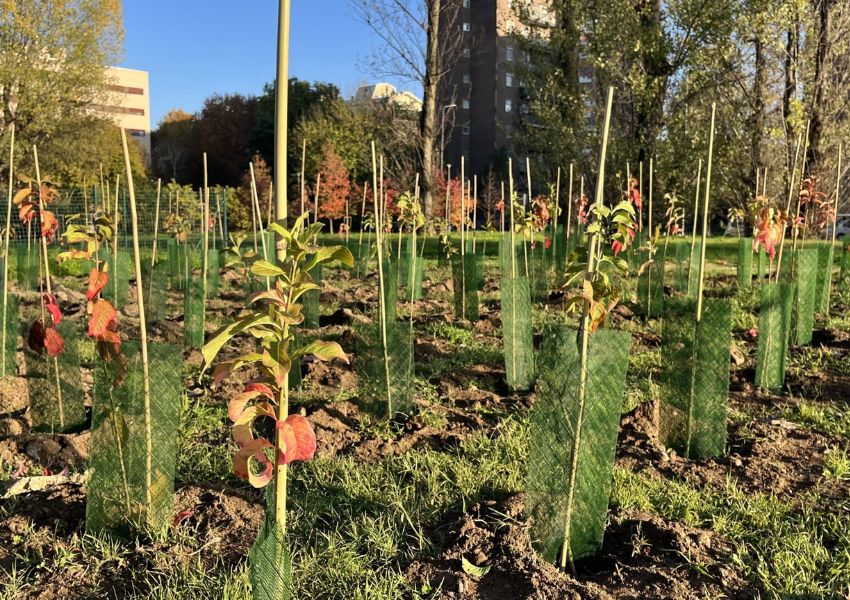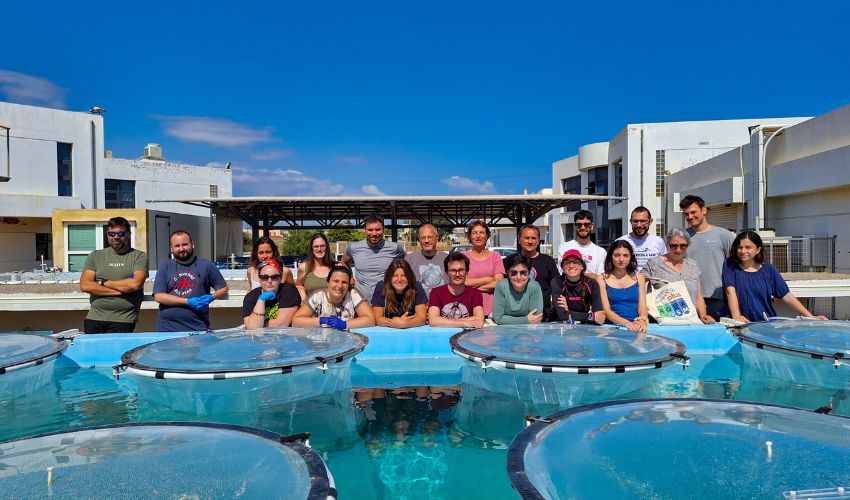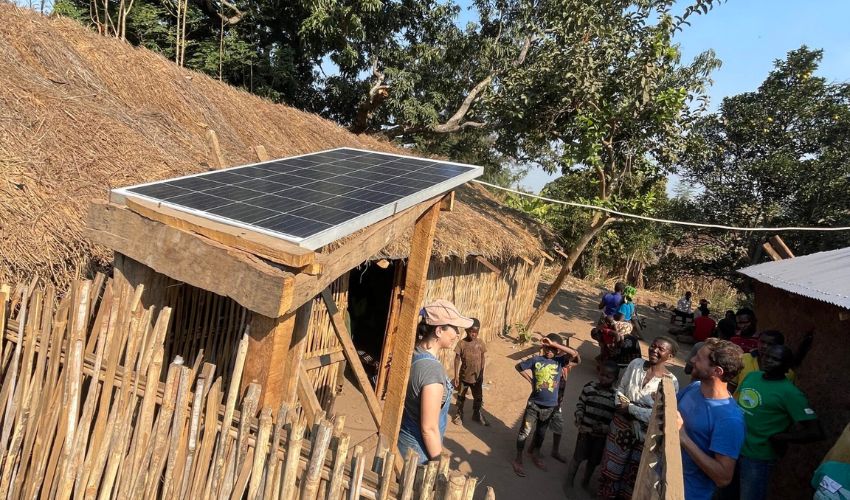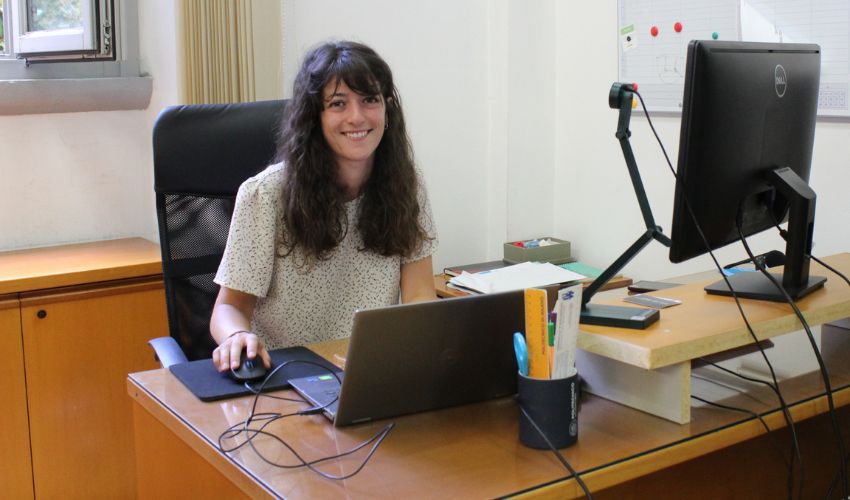
Here we are at the last issue of Frontiers for this year, according to the academic calendar. Even that which should be a period of carefree disengagement is making us stop and think about how and where to (re)start for next season.
Increasingly high temperatures, extraordinary weather events, unpredictable climate: the start of this summer was not the smoothest. There is an elephant in the room that we can no longer pretend to ignore.
It is certainly not ignored in our laboratories, where a generation of young researchers, sensitive to these issues, have already long been working on projects that address the delicate balance between mankind and the environment, between energy transition and sustainable development.
So, we propose three different views of the future: bringing nature back into the city, by planting new trees; ensuring access to energy for developing countries, through international cooperation; transforming waste into a resource, as is the case with CO2 storage.
We will also explore with a biomedical researcher another of the topics set to dominate research in the near future: personalised medicine, in this case in the cardiovascular field.
We’ll be back in September with a new year of research. More specifically, the 160th year of the Politecnico di Milano.

CO2 capture and storage to combat climate change
Fighting climate change and reducing greenhouse gas emissions are two challenges we face today, as we well know. In this relentless search for innovative solutions, emerging technologies are being explored for storing carbon dioxide.
The aim is to capture the CO2 discharged from industrial plants that produce it in large quantities, in order to store it in the long-term. There are several technologies under study: geological storage in depleted fossil deposits; the exploitation of natural processes such as photosynthesis; absorption in solids that do not pose a danger
Professor Piero Macchi and PhD student Selene Varliero, who did a semester of research in Crete, explore the topic of CO2 storage in water.
Saving biodiversity starting with the cities
Extraordinary temperatures and weather events raise important questions about our relationship with our planet. Is it possible to live peacefully with the environment or even make it an ally in improving our health?
The Forestami project seeks to travel precisely in this direction. The objective is simple, close, understandable: to improve air quality by planting three million new trees and shrubs, with a major impact on the Metropolitan City of Milan.
Maria Chiara Pastore, professor and researcher in urban planning, explained how it started from an analysis of the area and its problems: from urban heat islands to permeable and impermeable soils and runoff, which were then studied in relation to the leafy surface of treetops. Five years after the start of the project, she gives us an initial assessment.

Energy to serve human development
How can the issue of energy transition, which cannot be postponed, be reconciled with the energy needs of developing countries?
We talked about this with Nicolò Stevanato, a researcher participating in the LEAP-RE project, a long-term partnership between the European Union and the African Union for renewable energy research and innovation.
We reflected on how energy is regarded as an instrumental human good, because it enables the attainment of primary human goods, improving personal education, hygiene, health status. “Energy transition must be designed for people,” is the conclusion. And that is why his team works in different parts of the world, in close contact with policy makers, private individuals and civil society.
#IlPOLIMIRisponde: How does a sat-nav work?
Satnavs are tools that use satellite positioning systems, such as GPS and sensors installed in the device on which it is used, to correlate the user’s position with the digital mapping of the area. Its purpose is to select, suggest routes between a starting point and a destination point and then provide the user with useful information as they are travelling.
How do the modern satnavs installed today in our smartphones, smartwatches and vehicle infotainment systems work?
Daniele Oxoli, professor of Geographical Information Systems,explains in a video.

Predicting cardiovascular risk using computational models
In recent years, fields of study once considered unrelated, such as engineering and medicine, biology and chemistry, have increasingly narrowed the distance between them in the holistic approach we call “life sciences”. And Politecnico researchers are working intensively in biomedicine.
Take cardiovascular patients, for example. Early recognition of patients at risk of heart attack would be of undoubted benefit to everyone: on the one hand, intervening more quickly in critical cases; on the other, avoiding unnecessary treatment for those who are not at risk. But how can we do this successfully? This is where engineering comes in: thanks to computational models, it will be possible in the future to develop fully customised treatments, applying precision medicine, simply sitting at a computer.
Researcher Anna Corti is working on this exact subject at B3Lab, with the AI-CORPS project. We met with her to learn how this could be made possible.
